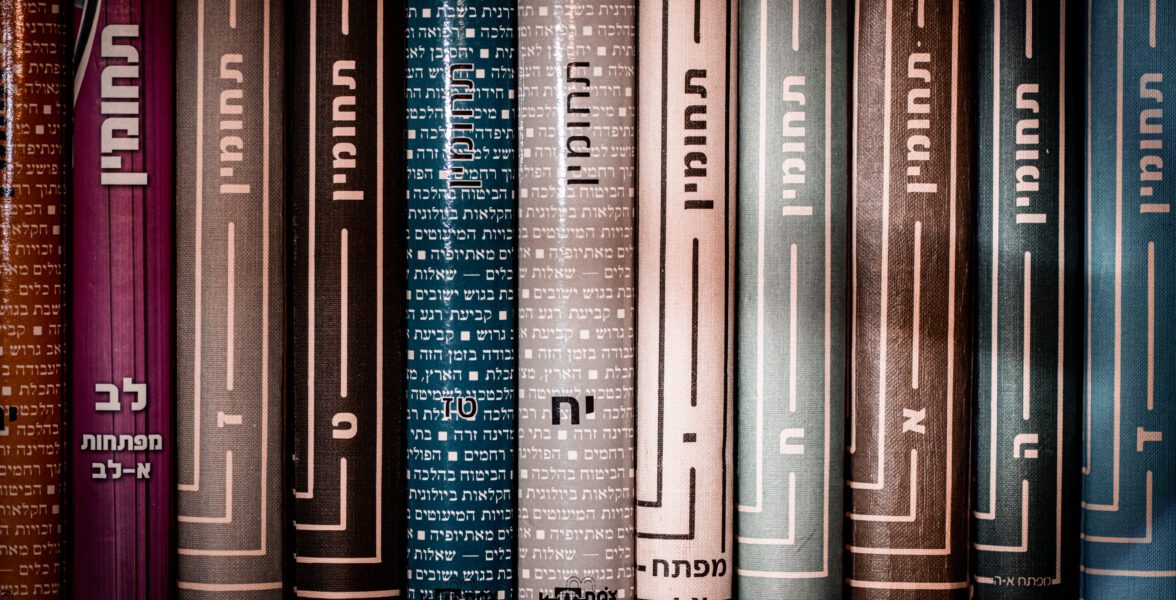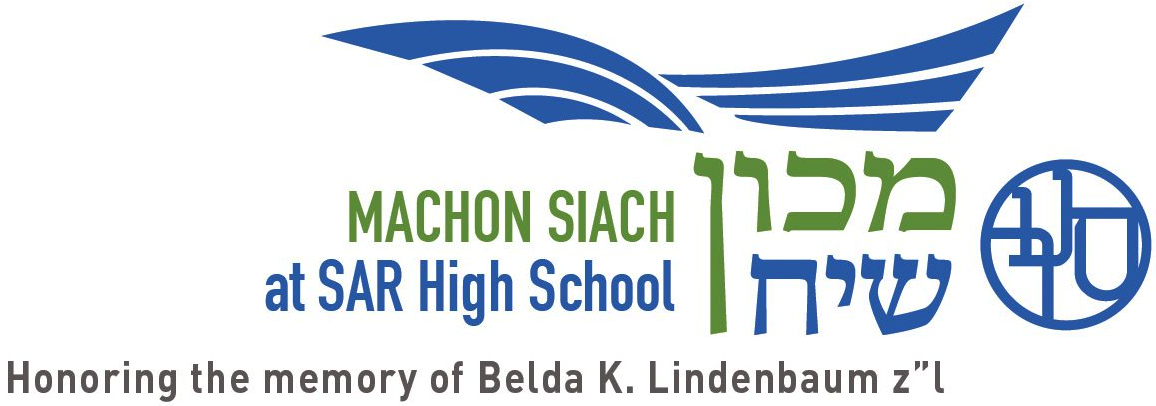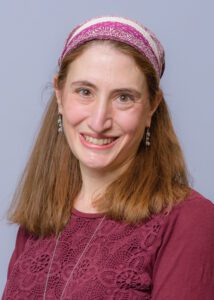
אז נדברו : Finding Kedusha in Conversation
One Monday morning in December, I was a few minutes late to my ninth grade Vaad class. When I arrived, my students had rearranged the chairs into our customary circle, put away their phones and school work, and were sitting, ready to start. This doesn’t happen with my other classes, and it was an indication of how my students value Vaad, a program SAR High School piloted last year with the guidance of Lifnai ve-Lifnim, the educator training institute of Yeshivat Mekor Chayim in Israel, led by Rabbi Dov Singer, Yishai Singer, and Rabbi Yehuda Chanales.
We aimed to create a time and place in school – rather than an ad hoc or informal one – for students to connect with each other and with a teacher around religious growth, in ways that would permeate their other classrooms. Vaad is a twenty-five minute weekly period jointly taught by a class’ Gemara and Tanakh teachers. It is highly protocoled; we sit in a circle and begin with each person saying their name and two lines of their sippur sheli le-hayom – what is going on for them today. We then move on to limmud learning a brief piece of Torah related to the parsha or upcoming chag for the purpose of personal religious reflection. After learning a set of pesukim or a midrash we ask מה לי בו – what am I taking away from this learning to help shape who I am? We end with one student serving as parnas, sharing a dilemma with the group. The group reflects on the dilemma by responding to specific prompts; “What I heard David say was…,” and then “What resonates with me is…”
While it might seem that the Torah learning portion of Vaad is the core religious experience, in reality, the focused listening transforms the space into a makom kadosh. For that reason, running Vaad has deeply impacted me as a teacher, and I’d like to share some lessons I’ve learned that are applicable in a broad variety of educational settings. Many of these lessons are things I knew on paper, but my experience with Vaad has allowed me to live them in a new way.
#1: Don’t Talk About It, Do It
Schools include many teacher meetings to discuss how a program is going; there are far fewer in which we experience the program ourselves. For our Vaad meetings, though, the fifteen teachers held our own teacher Vaad. We showed up as ourselves, not pretending to be students, focusing on our own religious growth. We shared our sippur sheli le-hayom and took turns serving as parnas and sharing a dilemma. After a few meetings, the value of the space we created motivated us to create this space for our students too. Early on, as parnasit, one teacher shared the challenge of reconciling her political and religious opinions with those of her friends. Many of us had struggled with the parnas part of the program, and she showed us what it could be, pushing us through this challenge. We gained so much more by doing than we would have by meeting to troubleshoot.
- Something can be kadosh without explicitly being kadosh
I am a teacher who likes to move quickly, and I tend to judge myself by how many dapim I cover in a year. When we started the Vaad program, I knew I had to focus on process rather than content, but I still worried about the content. What was going to make this space overtly religious rather than just a place to share feelings? What Torah were we teaching? A few months in, I saw that we had created a religious space. Rabbi Dov Singer often quotes the pasuk from Malachi 3,17: אז נדברו יראי ה’ איש אל רעהו ויקשב ה’ וישמע – when people are engaged in meaningful interaction, Hashem listens and is present. I felt this kedusha when students shared their sippur sheli le-hayom and others listened deeply. The content felt familiar – perhaps stress over an upcoming biology test – but the total focus of teenagers on a peer’s feelings was an אז נדברו moment; Hashem was present because people were meaningfully listening to each other.
#3: The First Minute Matters
Students can tell if I am energized by what I am about to share the minute I walk into the room. They can also sense if I am tired and distracted. How I take attendance matters: do I look at every student or just quickly read a list? Even before I take attendance, when I am setting up, I convey energy through words and body language. We often make the mistake of thinking “teacher energy” must be extroverted or gregarious. But it can also be calm and understated. My students simply need to know that I care about what we do, which is communicated through my complete attention. It’s hard to muster that energy on a daily basis, especially when running from class to class. Pausing to access that energy, even taking a deep breath before opening a classroom door, can shape the first minute, which can shape the day.
- Be a Stickler for Protocols
Protocols are a great equalizer; when students know what to expect, they are more inclined to participate meaningfully. When everyone responds to a carefully phrased prompt, such as “What I heard Anna say was…” each voice is heard, and the conversation moves towards its goal. Teachers are sometimes uncomfortable enforcing protocols; we worry they inhibit the natural flow of conversation. But protocols provide structure that nurtures creativity. They also keep the focus on students instead of the teacher. By making room for everyone to speak, protocols foster a culture of listening.
- Notice Everyone
I do not start Vaad until everyone is present. If someone is absent from school, I remove a chair from the circle so there is no empty space. Students come on time because they know that tardiness delayed the group, sending a message that everyone’s presence matters. We take attendance by having everyone state their name, with the group clapping for each person. The clapping is shticky, and a little uncomfortable at times, but it solidifies the message that the group is happy each individual is present. In many high school classes, students can choose to participate or observe. But with protocols that require everyone to respond, no one can be an observer. When a student answers a prompt with “what she said,” or “I agree,” I ask her to try again in her own words because ideas take on a different life when they emerge from a new voice. When a student insists he had nothing to say, I move on but return to him later. “Adam, would you like to add anything now?” Every student’s voice matters.
So why were my students ready and waiting for Vaad to start on that December day? In a world that focuses on achievement and constantly demands we divide our attention Vaad provides a reprieve where students can not only talk but also listen where their inner lives are honored and valued. In the spirit of אז נדברו we can all create moments of real listening and hence of inviting Hashem’s presence into our classrooms.



